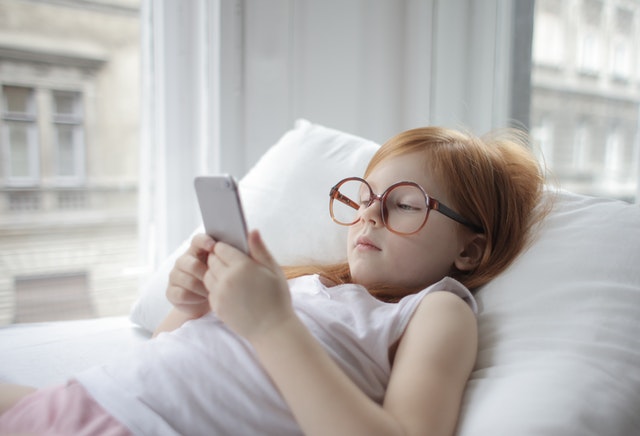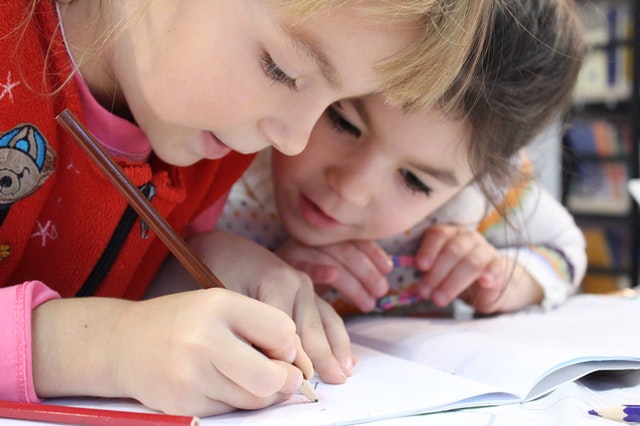Technology Harming Kids’ Eyes and Ears
Whether it’s technology-based or not, so-called near-work, such as reading a textbook or looking at a computer or TV screen up close, can cause the lens of the eye to shift its focus. Over time, this can cause the eyeball itself to lengthen, which can lead to—or worsen—nearsightedness.
Additionally, staring at screens from any distance causes kids (and adults) to blink less often, which could lead to dry eye. Over time, the American Optometric Association says, chronically dry eyes could damage the surface of the eye and impair vision.
Experts agree that children’s eyes and ears need regular breaks from tech activities. Here, some helpful strategies.
Limit technology (and close work time). When kids are looking at a screen, follow the 20-20-20 rule: Set a timer for 20 minutes, suggests the AAO, to remind them to look out a window or at an object that’s at least 20 feet away for 20 seconds. If a youngster is reading an e-book, use the bookmark function to help him or her remember to take regular visual breaks. In a physical book, you can place paper clips at the beginning of every other chapter. During video game play, kids should rest their eyes after each level.
Use screens properly. Encourage children to adopt good posture when using technology and to keep anything with a screen about 18 to 24 inches away from their eyes. Remind them to blink when looking at a screen and don’t allow them to use computers in brightly lit areas—to help protect against eye strain.
Give them outdoor time. Some research indicates that children who spend time outside each day have a lower risk of developing myopia, Epley says.
Model good behavior. One of the most important steps, say experts, is adopting safe technology habits yourself. If you do so, youngsters are more likely to treat their own eyes and ears with care.
The 20/20/20 rule is useful for adults too! To limit screen time or close work time, set a timer for every 20 minutes, and look at something 20 ft away for 20 seconds. Look out the window and let your eyes relax your focus, before coming back to what you’re doing.
Also remember outdoor time for kids! Some research indicates that children who spend time outside each day have a lower risk of developing myopia (nearsightedness). Researchers aren’t sure why, but there’s no harm in more outdoor play time—especially since it can offer other benefits, such as exercise.





